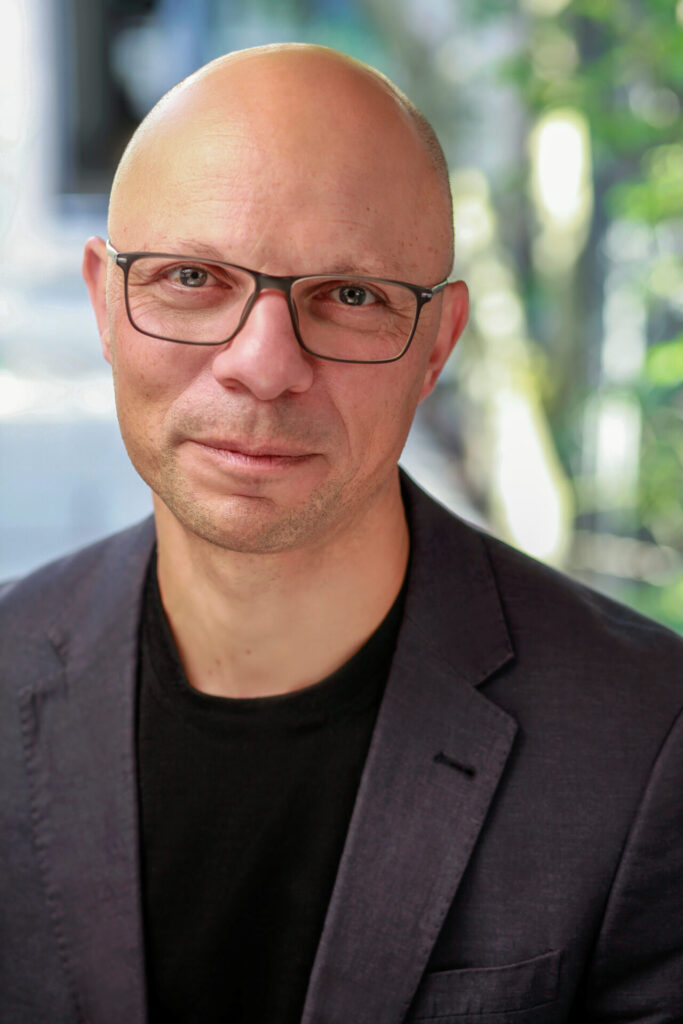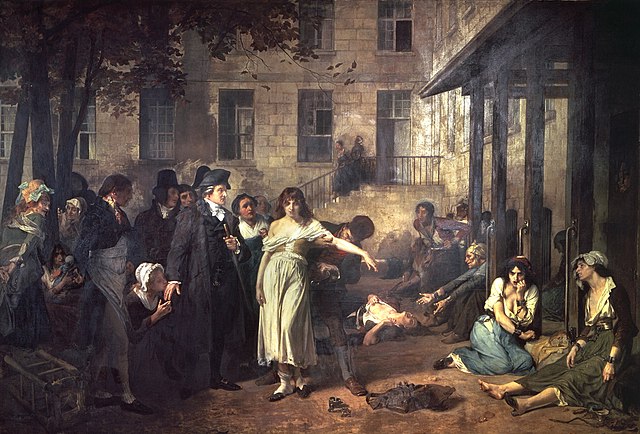Tense? Nervous? Can’t relax? Then this is an important and timely book for you, one written for the layman about the crisis in psychiatry and the near logarithmic rise in the diagnosis of mental ill-health, particularly amongst the young. Chapters on increased rates of depression, post-traumatic stress disorder (PTSD), attention deficit hyperactivity disorder (ADHD), and autism interrogate the scary creep in diagnostic rates. Serious worries are expressed about the medicalisation of complaints that can be argued as simple variants of the norm. As an endocrinologist and physician I not infrequently saw healthy people given diagnostic labels for ’tiredness’ without any formal scientific proof of a disease. Santhouse is a consultant in neuropsychiatry at the Maudsley, a front-line clinician, an expert, the type of specialist social media and the paranoid far-right delight in undermining with ‘fake truths’. He knows of what he speaks.
To be reassured we quickly learn there is a major upside to modern psychiatry: long standing stigmas are now routinely challenged. There is arguably more compassion shown today toward sufferers who can now talk more freely about their condition. But, as Santhouse convincingly argues, we run the risk of medicalising “normality”. We may be preventing “personal growth that difficulty, adversity and hard truths bring”.
We hear one 2015 study estimated 78% of students experienced a mental health problem in the previous year. The rate of autism spectrum disorder has also risen by 787% between 1998 and 2018. From a governmental perspective (as regards potential negative economic impact) these figures are deeply disturbing. Santhouse points out the risk of overdiagnosis: “The current trend in society means that if someone says they have a mental disorder, they will invariably find someone to endorse that label.” This is particularly the case in the private sector. We’re told:
“My own experience of seeing patients who have come to me from private clinics is that in nearly all cases, if they have gone to a private clinic to investigate a potential ADHD diagnosis, they have had an ADHD diagnosis endorsed.”
Santhouse also tells us of powerful consultations where he reassures an individual their “illness” was in fact a normal response to life’s difficulties. For him “it’s hard not to conclude that, in trying to be kind and inclusive, we have inadvertently done harm to individuals and populations.”
There’s the worry too that concentration on the milder end of mental ill-health diverts already limited resources away from more serious cases. Santhouse is majorly troubled by the disinvestment. I remember my own epiphany about the parlous state of our psychiatric services. Parked at the lights on a major junction in Streatham I watched a middle-aged man career around the box junction sat in a supermarket trolley. Both off and on his trolley. He needed acute care. If he’d been having a heart attack, there would have been serious blue light action.

Psychiatry is big business. Santhouse tells us self-diagnosis and care apps are now worth $6.2 billion. And Big Pharma has much to gain from “redefining where the boundaries of normal health lie.” Increased rates of diagnosis mean increased profits. Hard not to point the finger at the USA here. As with Mark Fisher’s fears over advanced consumer capitalism and its effects on mental health both Pharma and the American medical profession seem less concerned with the Hippocratic premise that we first do no harm, but rather first make more cash. Santhouse is surely right to suggest that the seeds of mistrust in Big Pharma were sown by the opiate crisis; venal industry types and doctors minimising the known risks of addiction.
He tells us: “We live in a particular cultural moment, of democratisation of knowledge, a flattening of hierarchies and a more consumerist version of health treatments, resulting in greater individual autonomy and control”. We live too in a time where newer manufactured “concepts” rather than actual illnesses are invented as with “orthorexia” and “bigorexia”. A time where: “Trauma has gone from the battlefield to the television studio, and from hostage-taking to hurt feelings.”
Santhouse is astute in noting the double think around the workplace insistence of achieving a “no blame culture” while simultaneously being “a culture that thinks in terms of culpability rather than care.” The impact of TikTok is also discussed as with the exponential rise in people complaining of tics: TikTok Tics. But as with the author, I’m an optimist and speculate that TikTok may in time become a major contribution to medical education.
There’s also terrific honesty at work when he admits: “People with psychopathy set me on edge. I find myself excessively cautious, wary, formally polite and correct.” I recognize this. Don’t touch them! I was also personally reassured to read about a persistent fault of mine – cutting across someone to talk – which doesn’t necessarily mean you’ve got ADHD. This may even be a sign of normality, albeit indicative of over-enthusiasm and being inadvertently rude.
There are neat flashes of dark humour here too as with:
“Certain diagnoses are more readily worn as identities than others. I can imagine an X/Twitter biography that says:
‘Teacher; mother of three girls; Wigan Athletic; ADHD’. I cannot imagine it saying, ‘Nurse; West Ham; schizophrenia’.”
Santhouse is acute on his time as a medical student, seeing himself isolated, listening to The Smiths, feeing friendless and sad… but not actually depressed. Heaven knows he was miserable but miserably normal. As he fears: “We are starting to narrow the concept of normal, to limit the sense of who we are and how we live our lives, to reduce our concept of humanity in all its infinite, individual variations.”
The author is what my old consultant bosses would call a “tame” psychiatrist. By this they meant well. They meant someone sane, rational, patient, empathic, open, a proper diagnostician. In a word – wise. His account is an even-handed missal to the worried well. He “hesitated to write this book for fear of being misunderstood”. He shouldn’t have worried. This is not a work of ‘anti-psychiatry’; he’s no Ronnie Laing. His book is scrupulously fair, a cri de coeur that highlights unfilled psychiatric posts, demands we have more beds, more resources, a meaningful investment in care for those with serious mental illness. And this too: that carers might consider erring on the side of not making a diagnosis and that patients think very carefully about insisting on a label for problems that affect almost all of us at certain crisis points in life. Santhouse’s polemic is targeted at proper treatment for the likes of that sad lad playing with the traffic. His diagnostic offers no succour to the likes of Robert F. Kennedy Junior who appear to undermine and minimise all mental health diagnoses with an ulterior aim of cost-cutting. Rather he gives us an impassioned plea to exercise more care in both diagnosis and labelling.
No More Normal: Mental Health in an Age of Over-Diagnosis by Dr. Alastair Santhouse is published by Granta



